On the 7th day we departed early from the ship and traveled by bus to our hotel in South Queensferry, on the outskirts of Edinburgh. Queensferry is known for it’s three bridges that all cross the Firth of Forth to North Queensferry.
On the way into Queensferry, we also passed Stirling Castle. Stirling Castle is one of the largest and most important castles in Scotland, both historically and architecturally. The castle sits atop Castle Hill, an intrusive crag, which forms part of the Stirling Sill geological formation. The castle was built on this overlook to guard the lowest crossing point of the River Forth, and did so for centuries. Stirling Castle was visited later by a group of our travelers for a closer view.
After dropping our stuff at the Dakota Edinburgh hotel, we went into Edinburgh proper for a little sightseeing.
The skyline in Edinburgh (pronounced ed-in-bruh or ed-in-buh-ruh in Scotland) is dominated by Edinburgh Castle. Edinburgh Castle is an historic sight, and stands on Castle Rock, which has been occupied by humans since at least the Iron Age (1200 to 600 BC). There has been a royal castle on the rock since at least the reign of David I in the 12th century, and the site continued to be a royal residence until 1633.
We set off down from the castle and walked down the Royal Mile. The Royal Mile runs between two significant locations in the royal history of Scotland: Edinburgh Castle and Holyrood Palace. The name derives from it being the traditional processional route of monarchs, with a total length of approximately one Scots mile, a now obsolete measurement measuring 1.81km.
Approximately midway on the Royal Mile we found St Gile’s Cathedral,
Immediately beneath the castle runs Princes Street, the major commerce street in Edinburgh. The city has built a very nice garden between the street and castle rock, and calls it Princes Street Gardens
There was a nice commemoration of the Queen’s Platinum Jubilee in the park, that seems kind of ironic now given her recent passing.
Also on Princes Street we saw the Sir Walter Scott Monument. The Scott Monument is a Victorian Gothic monument to Scottish author Sir Walter Scott. It is a very nice monument, and over 200 feet tall.
We also walked past the grounds of Hollyroodhouse Palace and looked up Hollyrood Park toward Arthur’s Seat. We unfortunately didn’t have the time or the energy to make the climb, so that one will have to wait until our next visit.
Our last stop of the day was at the Johnnie Walker Edinburgh Experience. JW is kind of a touristy spot, and has a ton of stuff to purchase including $8000-$10000 bottles of Scotch. But, the really great part was that they have a restaurant/bar (1820 Rooftop Bar) on the 6th floor roof, overlooking the Church of St Cuthbert, Princes Street Gardens, and Edinburgh Castle. The food and drinks up top were a little pricey, but overall we highly recommend for the view and photo ops with life size Johnnie Walker statues.

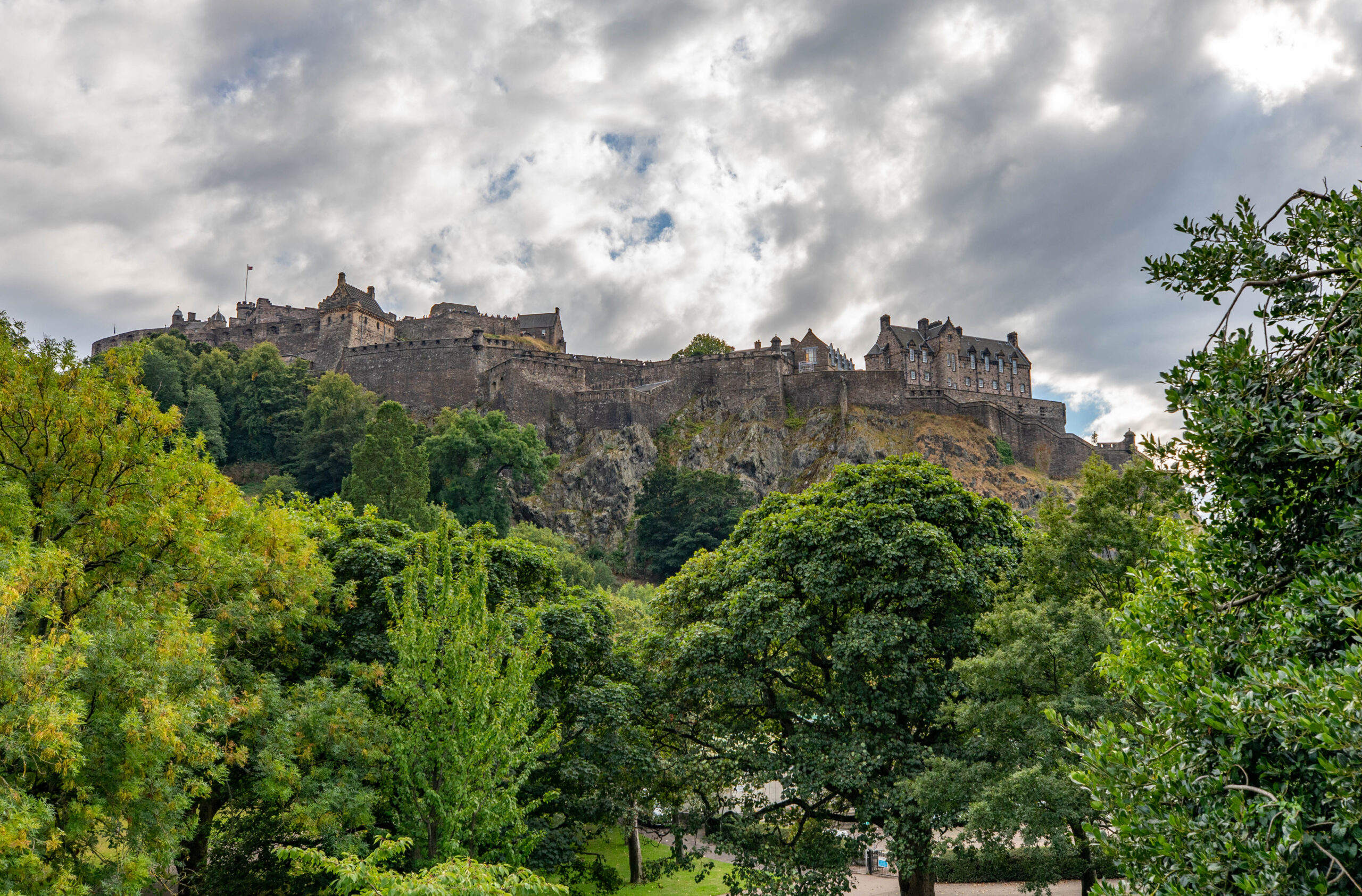
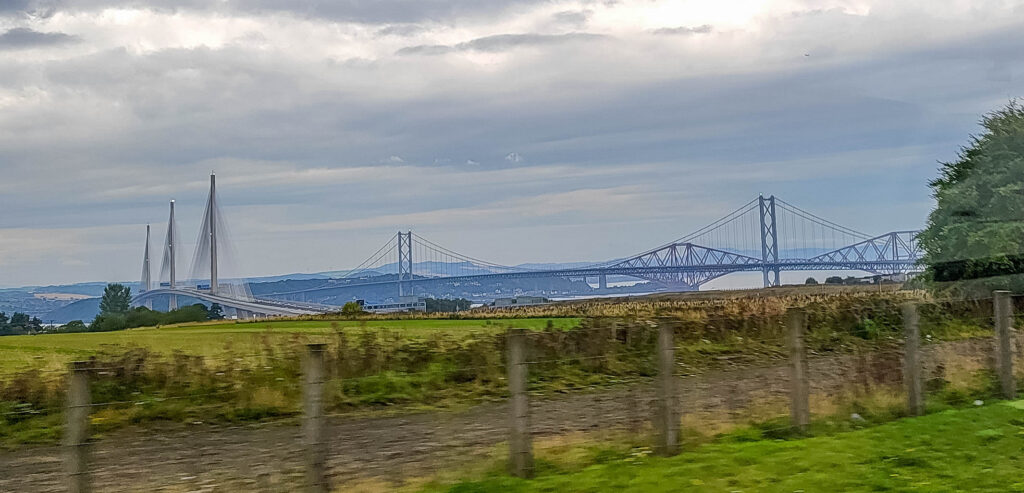
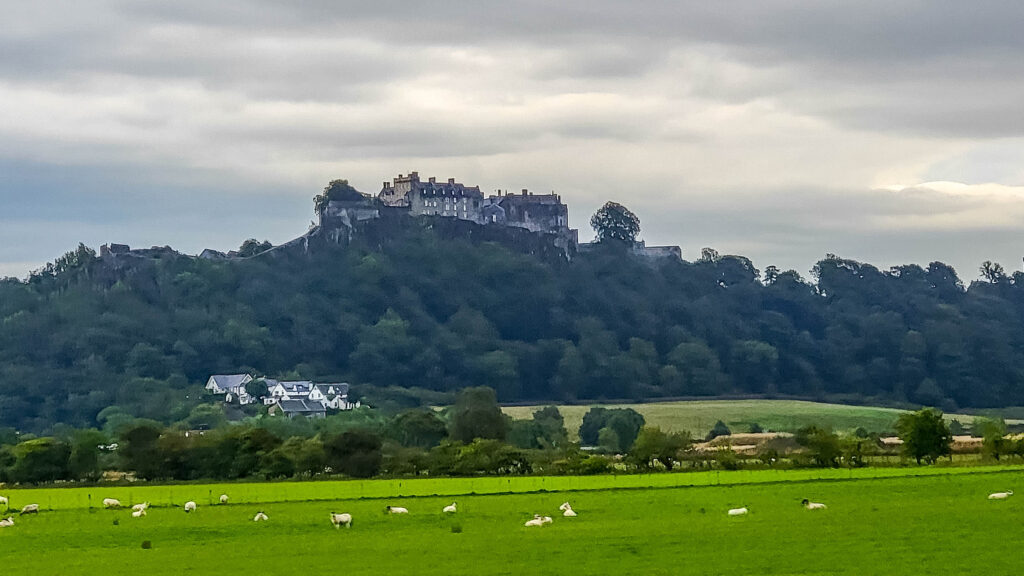
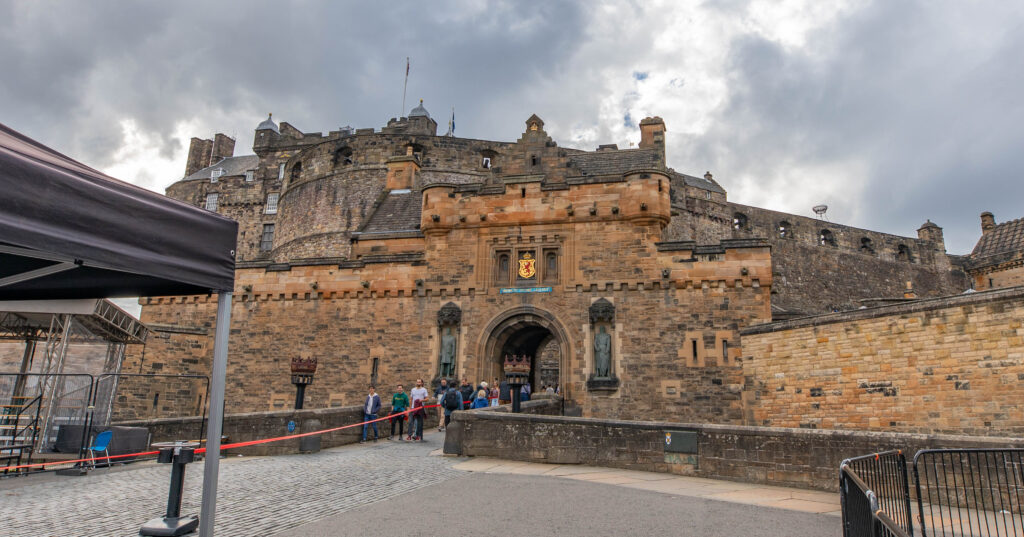
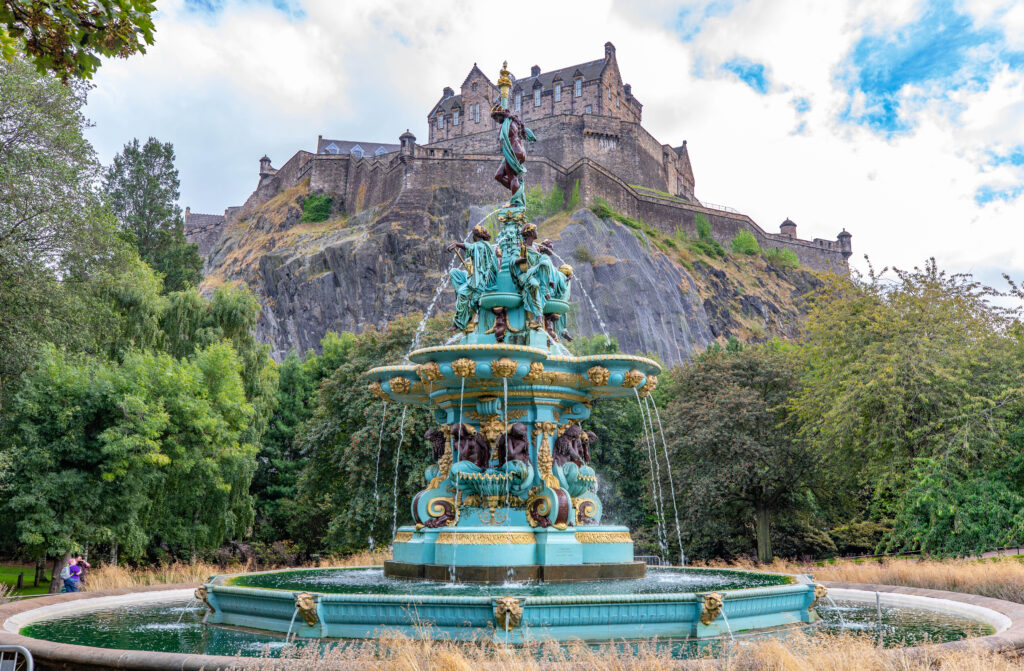
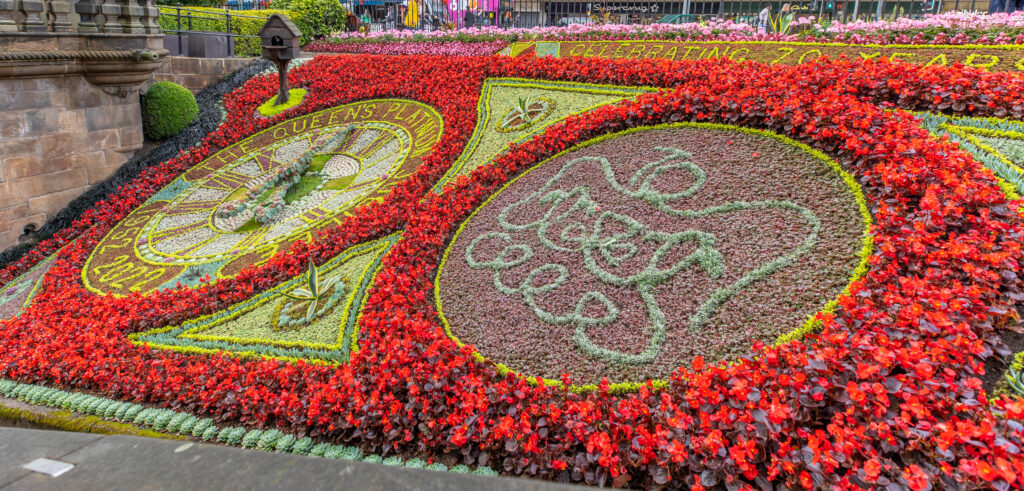
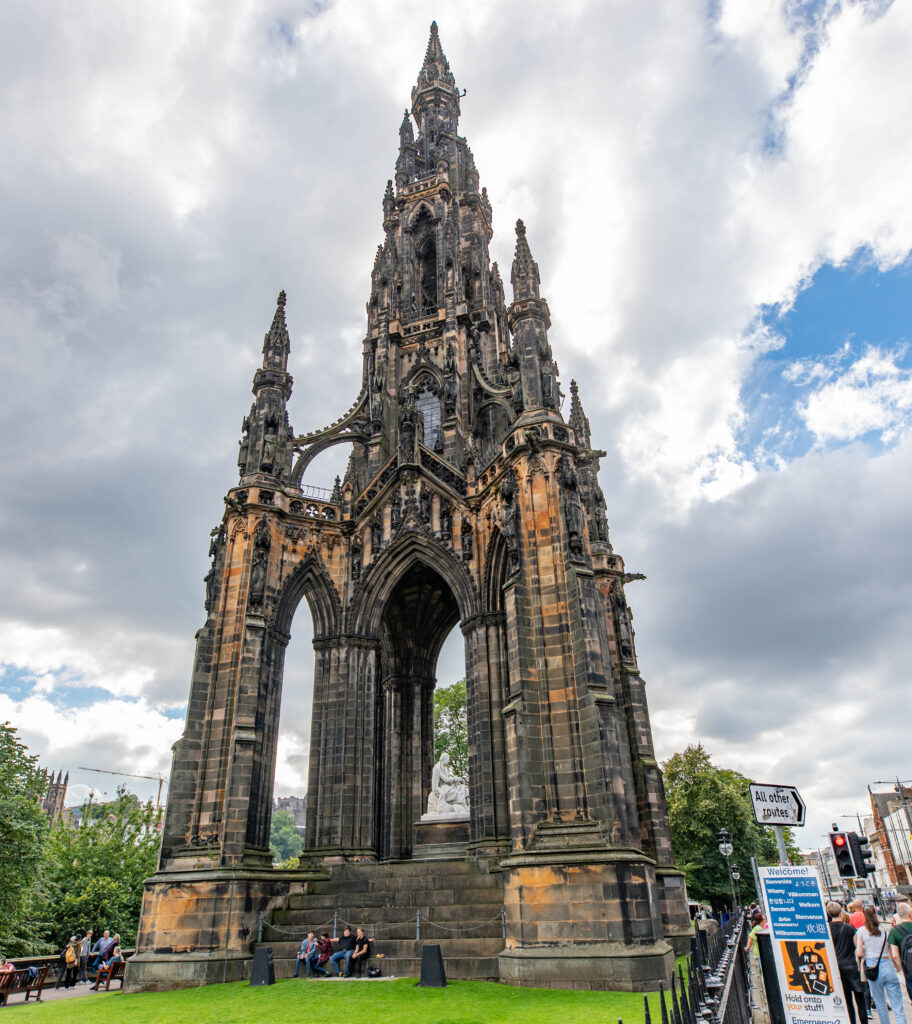
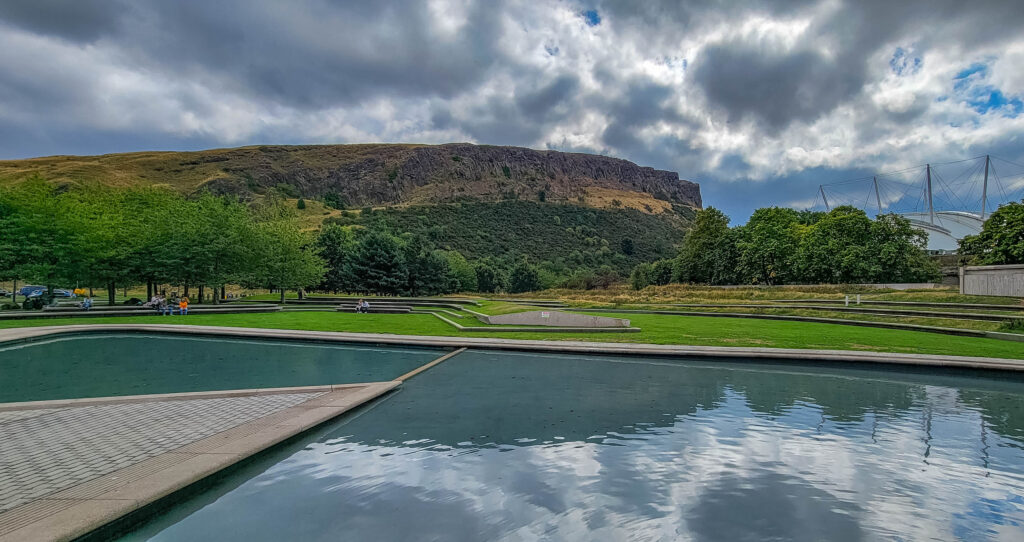
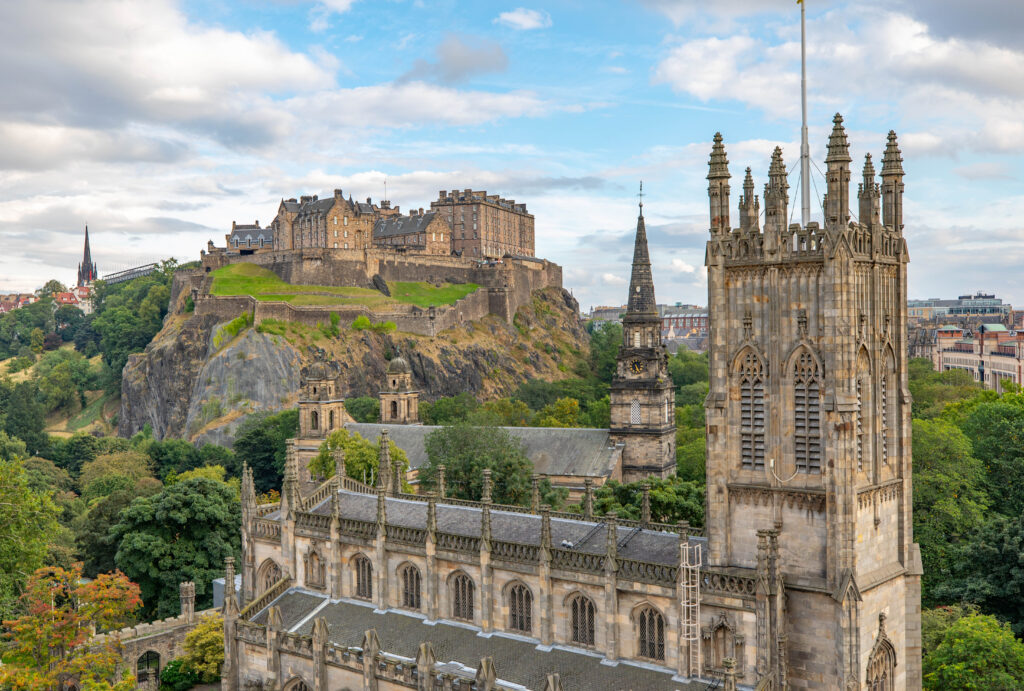
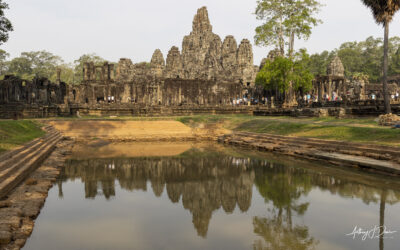
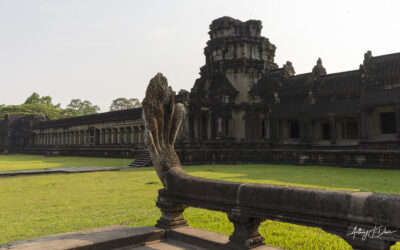
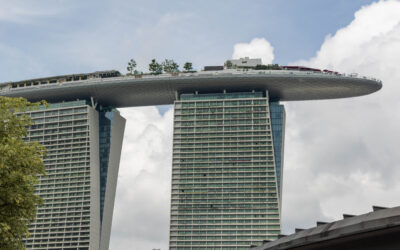
0 Comments